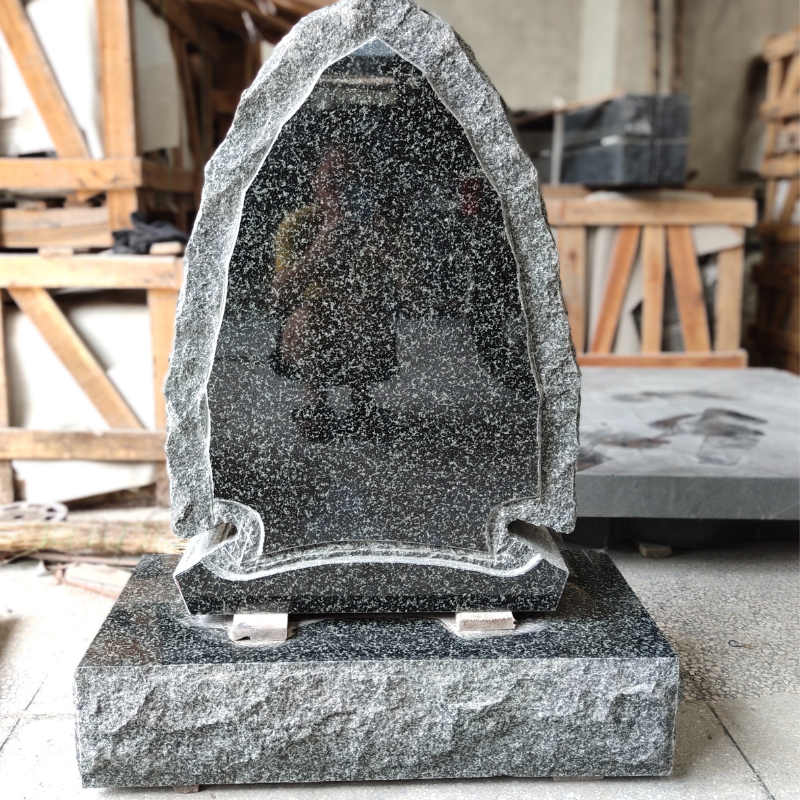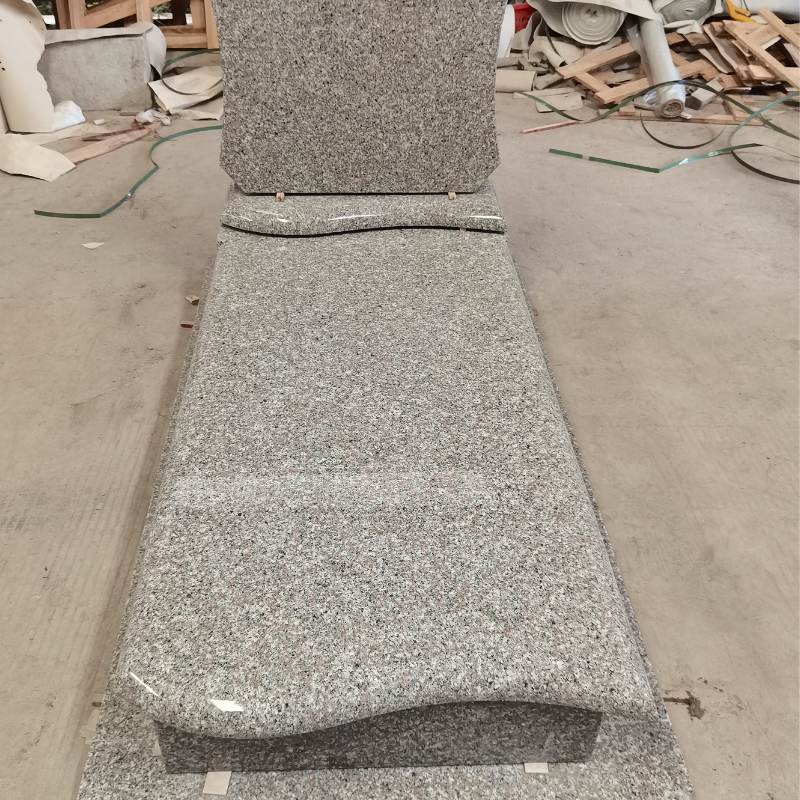Discover the Enigmatic Headstones of Romania: A Glimpse into the Past
Romanian headstones are a captivating aspect of the country's funerary and cultural landscape. Scattered across cemeteries and burial sites, these headstones tell tales of the individuals they commemorate and the historical, religious, and artistic contexts of Romania. They range from simple markers to elaborate monuments that showcase the nation's unique heritage.
Romanian headstones have a rich and diverse history that reflects the country's complex cultural and religious background. Many traditional Romanian headstones bear the marks of Orthodox Christianity. The cross is a prominent symbol, often intricately carved and sometimes gilded. These crosses not only serve as a religious signifier but also as a focal point of the headstone's design. The materials used for Romanian headstones are varied. Stone, such as limestone and granite, is commonly used. Limestone headstones have a soft, textured appearance and can be easily carved to create detailed reliefs. Granite, on the other hand, is more durable and is favored for its ability to withstand the elements. Marble is also used in some cases, especially for more elaborate and high - end memorials, as it gives a smooth and refined look. In rural areas of Romania, traditional headstones may have a more rustic charm. They can be decorated with folk motifs that are characteristic of the local culture. These motifs might include floral patterns, geometric shapes, or images of animals. Such designs are a testament to the connection between the people and the land, and they bring a sense of the local traditions to the cemetery. During different historical periods, Romanian headstones have shown distinct characteristics. In the medieval era, headstones were often simple and had basic inscriptions in the local language or Church Slavonic. As the country developed and was influenced by different artistic and religious movements, the headstones became more elaborate. In the 19th and 20th centuries, with the growth of cities and the middle class, more ornate headstones with sculptures of angels, saints, and other religious figures became popular. In the context of war and conflict, Romanian headstones in cemeteries dedicated to soldiers and war victims hold a solemn significance. The inscriptions often mention the rank, the unit, and the dates of service and death. These headstones serve as a reminder of the sacrifices made by the Romanian people during times of war. Modern Romanian headstones also exhibit a range of styles. Some follow a minimalist approach, with clean lines and simple inscriptions. Others incorporate elements of modern art, such as abstract sculptures or digital - inspired designs. These newer headstones reflect the changing attitudes and aesthetics of contemporary Romanian society while still maintaining a connection to the country's long - standing traditions of commemoration.

 Discover the Fascinating Monum...
Discover the Fascinating Monum...  Explore the Captivating Monume...
Explore the Captivating Monume...  Uncover the Splendid Hungarian...
Uncover the Splendid Hungarian...  Discover the Magnificent Monum...
Discover the Magnificent Monum...  Explore the Captivating Monume...
Explore the Captivating Monume...  Explore the Fascinating Headst...
Explore the Fascinating Headst...  Uncover the Diverse Headstones...
Uncover the Diverse Headstones...  Discover the Enigmatic Headsto...
Discover the Enigmatic Headsto...  Explore the Meaningful Headsto...
Explore the Meaningful Headsto...  Uncover the Intriguing Headsto...
Uncover the Intriguing Headsto...  Elegant and sophisticated With...
Elegant and sophisticated With...  Cremation Urn Shelves and Maus...
Cremation Urn Shelves and Maus...  High Quality Benches: A Perfec...
High Quality Benches: A Perfec...  Figure Carvings: The Art of Sc...
Figure Carvings: The Art of Sc...  Cemetery Vases: Elegant Floral...
Cemetery Vases: Elegant Floral...  Heart shape flower pot vase
Heart shape flower pot vase  Candle box lantern
Candle box lantern  Explore the Vivid World of Imp...
Explore the Vivid World of Imp...  Discover the Diverse China Sto...
Discover the Diverse China Sto... 

